
Making Space at the Table
NAP Contemporary’s group show, The Elephant Table, platforms six artists and voices—creating chaos, connection and conversation.
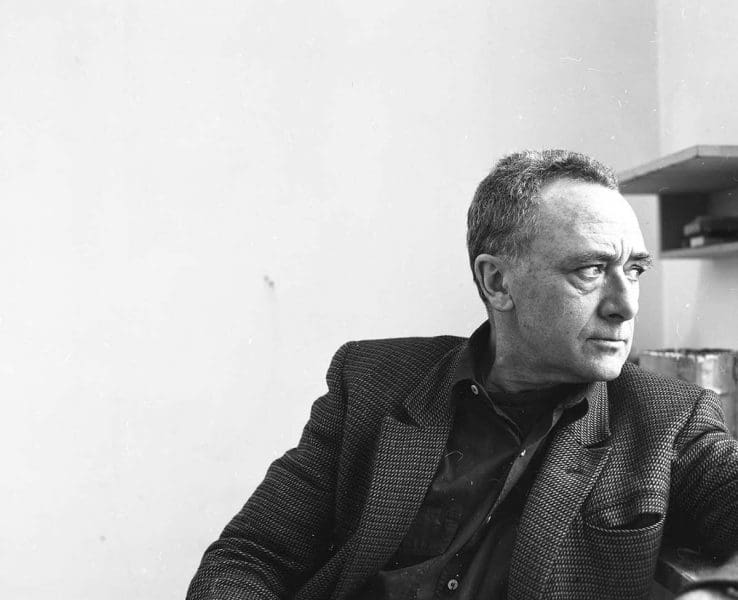

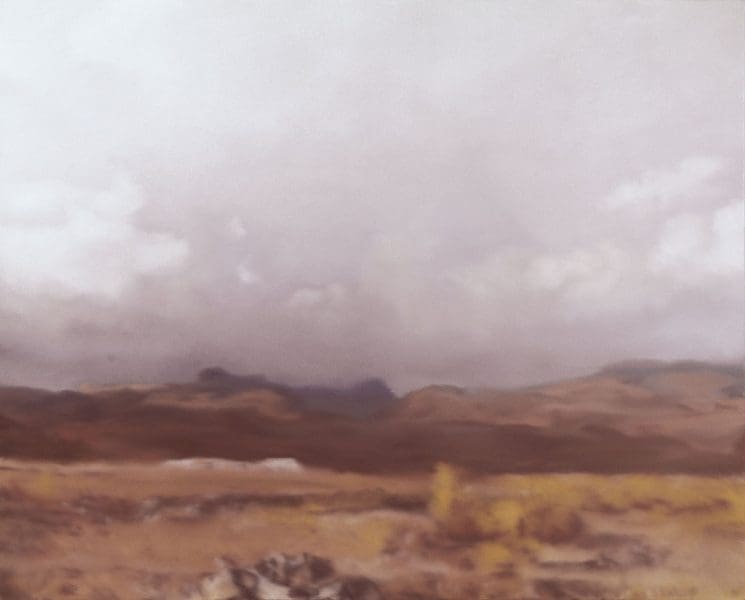
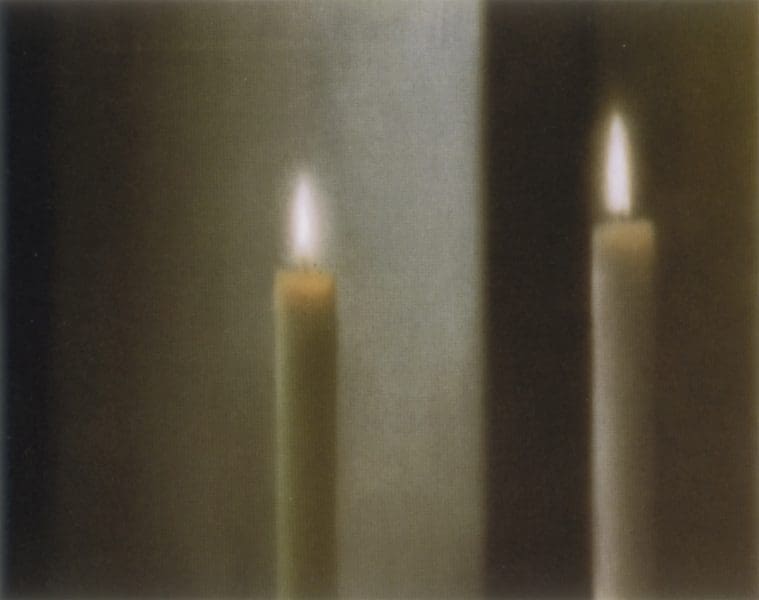
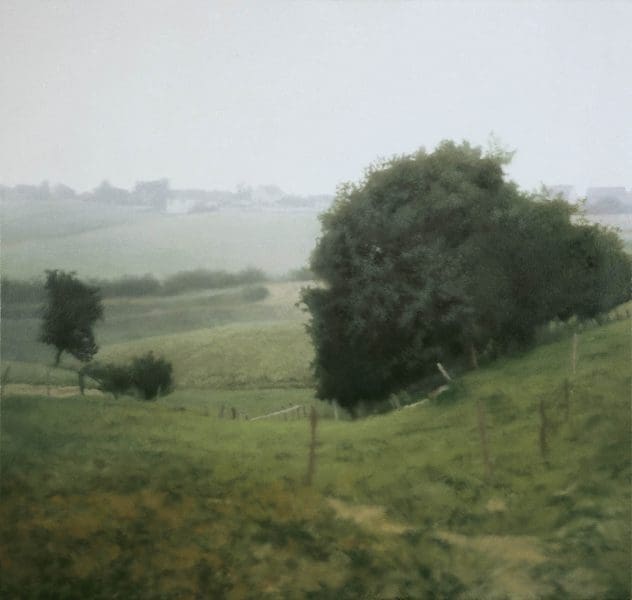
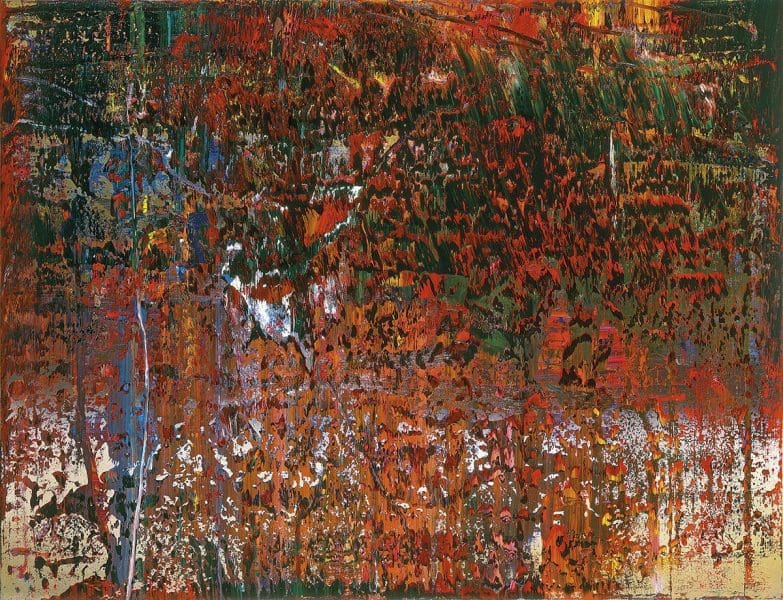

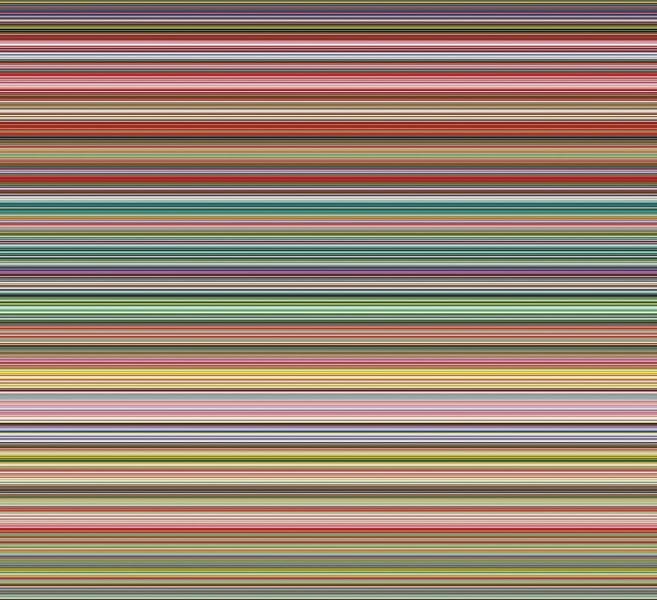


Gerhard Richter, the well known German painter, has created works that adhere to abstraction, realism and expressionism, but as a sum evade these definitions. Dexterous and conceptual, his practice taps into personal and global histories and is bathed in nostalgia.
The first major exhibition of his work in Australia will be held at QAGOMA in Brisbane. Gerhard Richter: The Life of Images includes works sourced from museums and private collections from around the world and spans 60 years of his career.
“Amongst the 90 plus works are some of the most compelling, haunting and enigmatic images of our time,” says QAGOMA director Chris Saines. “They capture Richter’s responses to some of modern history’s pivotal events such as the Second World War, the horror of the holocaust and a divided post-war Germany, all of which coincided with the rapid ascendancy of the mechanically reproduced image.”
Still-lifes and landscapes also feature, which Richter subjects to a vitalist depth of tone transforming otherwise commonplace subject matter.
Richter was born in Germany in 1932. He lived through World War II as a child and its aftermath as an adult. Much of his art grapples with the horror of this event (and others, such as September 11th). Two portraits in this exhibition are of family members who lived through the war, one a Nazi and the other a victim of the regime. Uncle Rudi, who was later killed in France, is depicted in his Nazi uniform, while Aunt Marianne, who was experimented on by Nazi doctors and died of starvation, is sensitively portrayed. The large scale four-part painting Birkenau, 2014, is also included in the exhibition. This abstract work draws on photographs taken in the Birkenau concentration camp in 1944. In this sense, by narrating crucial historical events, Richter has been understood as a history painter.

The trauma of the post-war period bleeds over into other subjects, such as flowers, which are treated with the same emotional charge. Yet, while his works evoke emotion they sit at arms-length from the viewer, resisting an empathetic connection.
Gerhard Richter: The Life of Images features the 400 panel work Atlas, an ongoing archival project that includes photographs, sketches, and clippings. This work has been described as a chronicle of images in the 20th and 21st centuries, including popular culture and news media, and is also source material for paintings in the exhibition. Images, in particular photography, are a central component of Richter’s practice. This is seen in the characteristic ‘blurring’ in his paintings that creates a perception of the world in flux.
A series of public talks, tours and discussions will be held in conjunction with the exhibition by the curators and international guests on Saturday 14 October.
Gerhard Richter: The Life of Images
Queensland Art Gallery and Gallery of Modern Art
14 October – 4 February 2018